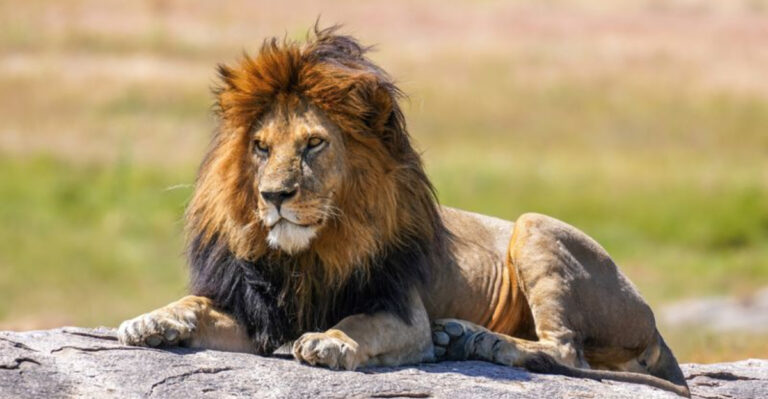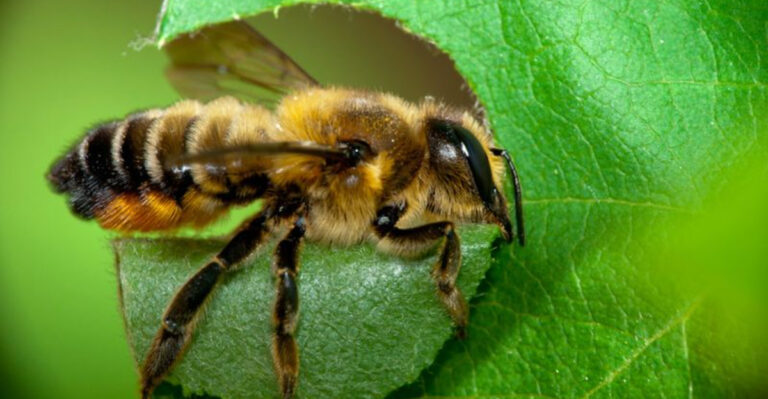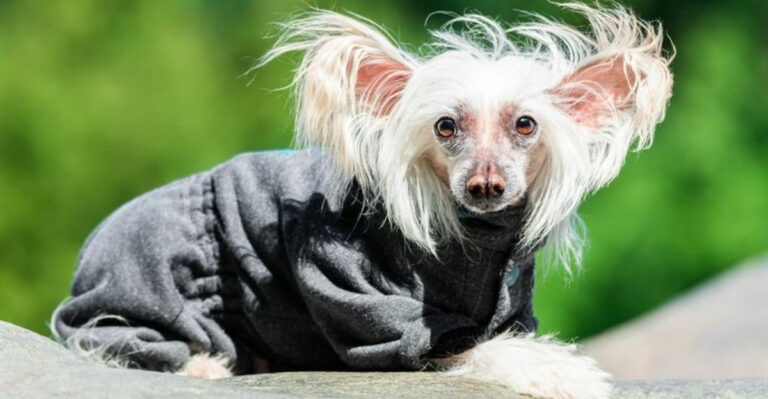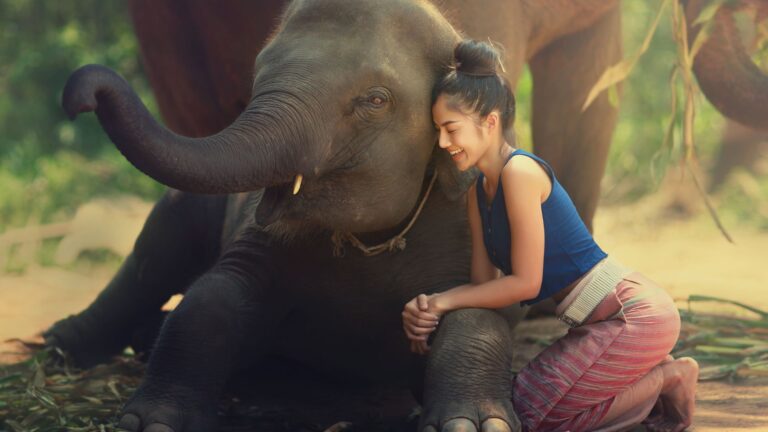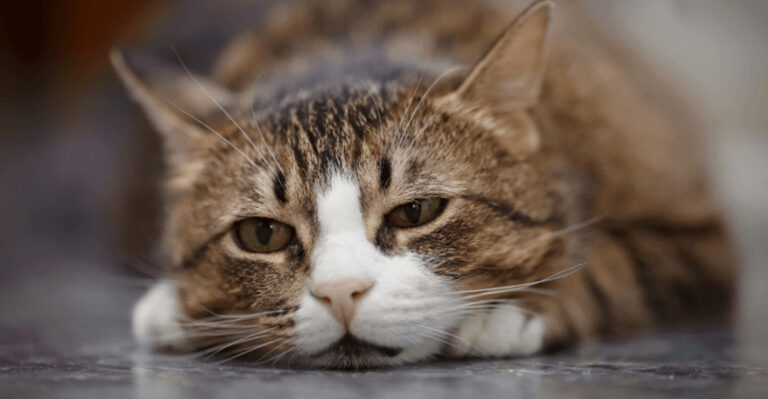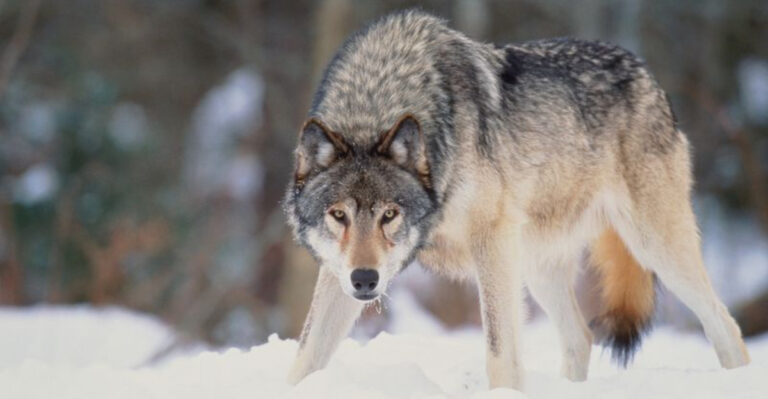16 Dog Breeds That Can Face A Leopard In The Wild
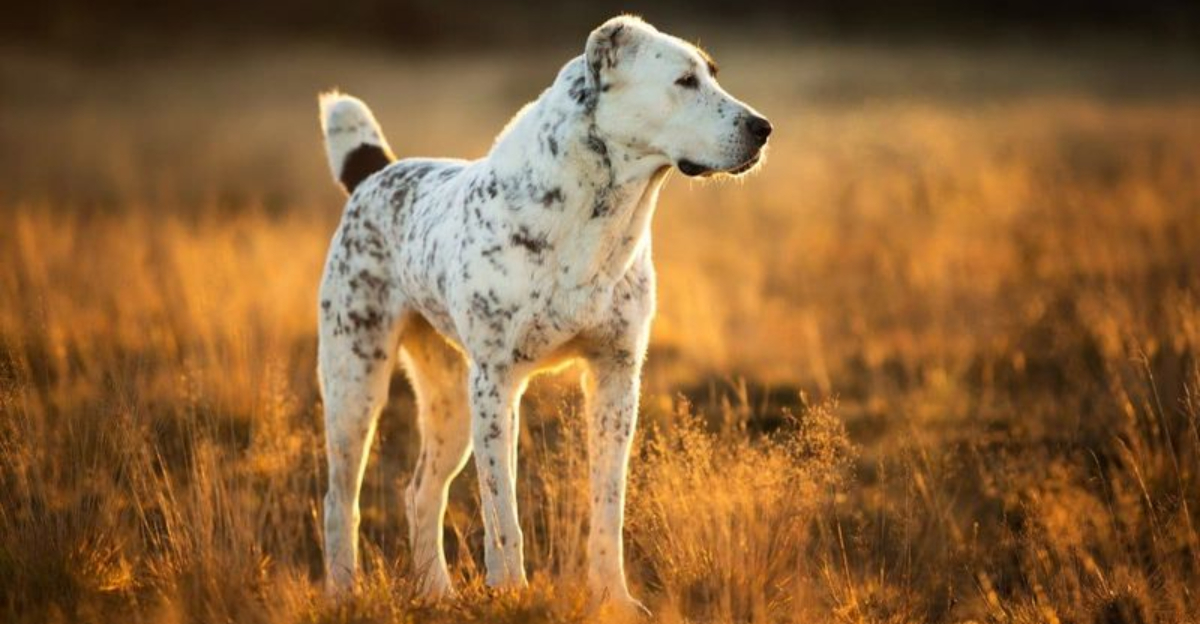
When wild predators threaten, certain dog breeds stand apart for their courage and physical capabilities.
Throughout history, humans have relied on these canine protectors to guard livestock and homes against dangerous wildlife.
While leopards are formidable big cats with incredible strength and hunting skills, these dog breeds possess the size, power, and fearlessness needed to potentially stand their ground when confronted by one of nature’s most efficient predators.
1. Kangal Shepherd
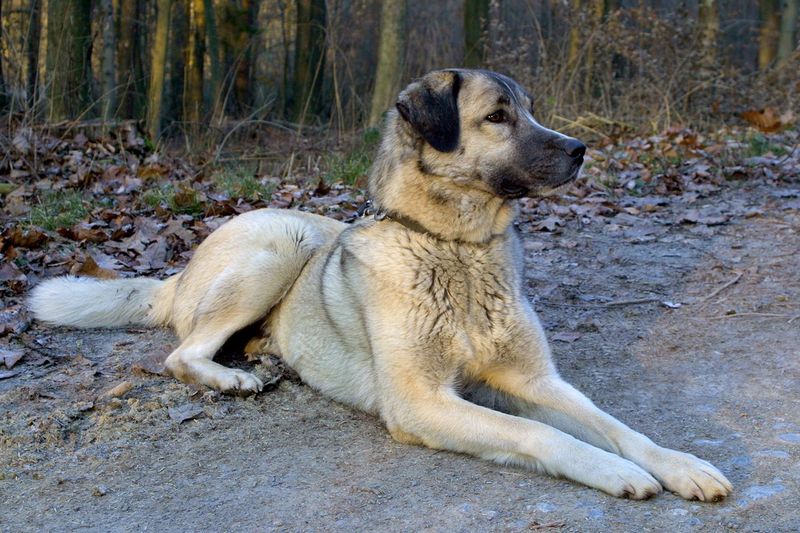
Originally bred in Turkey to protect flocks from wolves and bears, Kangals possess incredible strength and courage. Their massive build – often weighing over 140 pounds – combines with a protective instinct that’s second to none.
What truly sets Kangals apart is their bite force, measuring an astonishing 743 PSI, stronger than many wild predators. Their thick neck fur provides natural protection against predator attacks, functioning almost like a defensive mane when confronting threats.
2. Tibetan Mastiff
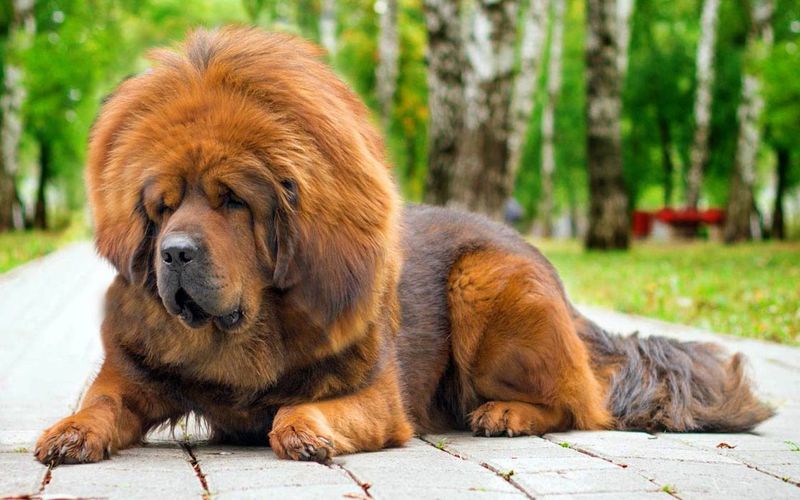
Mountain guardians with ancient bloodlines, Tibetan Mastiffs were developed to protect nomadic tribes and their livestock across the Himalayan plateau. Their thick double coat isn’t just for show – it’s essential protection against both harsh weather and predator attacks.
Fiercely territorial and independent thinkers, these giants can weigh up to 150 pounds. Despite their imposing size, they move with surprising agility when threatened, a trait that would serve them well against a leopard’s attack.
3. Caucasian Shepherd
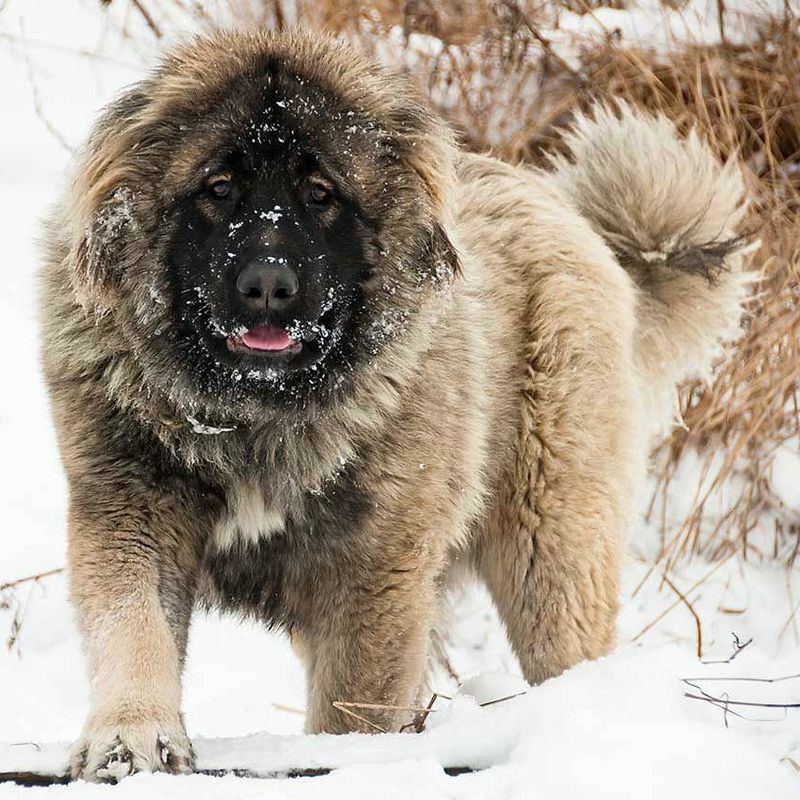
Hulking guardians from the mountains between Europe and Asia, Caucasian Shepherds were purposefully bred to face wolves, bears, and even leopards. Some males can reach a staggering 200 pounds of mostly muscle beneath their thick, bear-like coat.
Their protective instinct is legendary among working dogs. Russian prison guards still employ them as perimeter sentinels. With jaws powerful enough to break bones and the courage to stand their ground against any threat, these dogs historically protected livestock from the very leopards they might face in the wild.
4. Dogo Argentino
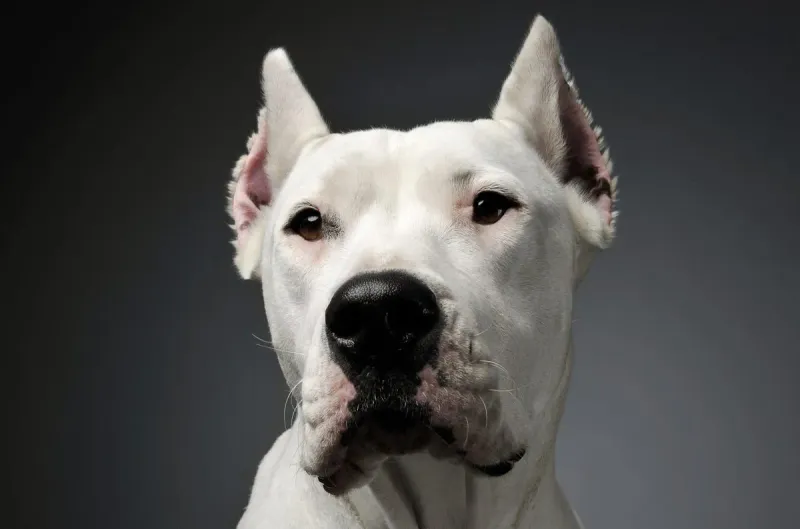
Bred specifically for big game hunting, the Dogo Argentino combines athletic prowess with raw courage. Unlike some massive guardian breeds, these muscular white hunters possess extraordinary agility and stamina that would serve them well in a confrontation with a leopard.
Pack hunters by design, they were created to pursue wild boar and puma through rough terrain. Their short white coat hides a body of nearly pure muscle. A specialized breeding program in Argentina produced dogs with exceptional pain tolerance and the tenacity to hold dangerous game at bay until hunters arrive.
5. Boerboel
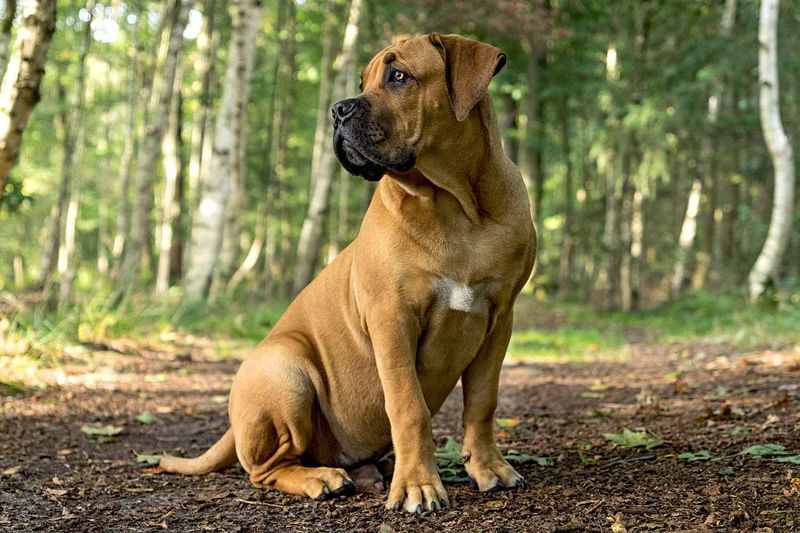
South Africa’s homegrown guardian was developed specifically to protect farms from predators like leopards and hyenas. Farm owners (Boers) needed dogs powerful enough to deter Africa’s formidable wildlife yet gentle enough to live alongside their families.
Boerboels combine massive strength with surprising agility. Their short coat and loose skin provide tactical advantages against predator attacks. With natural protective instincts and fearless temperament, these dogs historically faced the very leopards mentioned in our title, making them perhaps the most experienced breed on this list for this specific confrontation.
6. Central Asian Shepherd
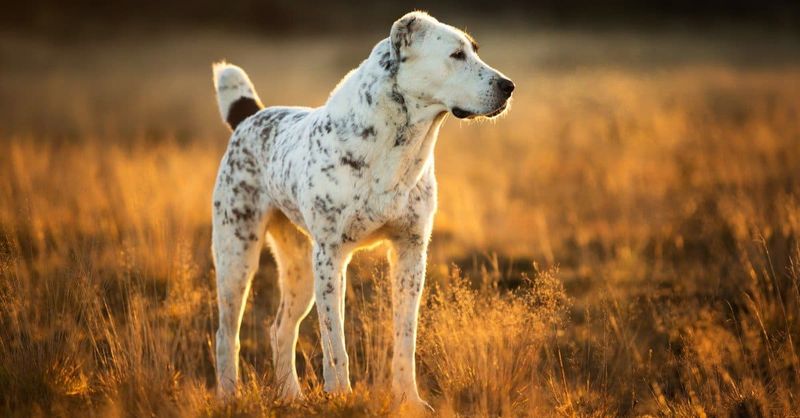
Nomadic shepherds across the ancient Silk Road relied on these powerful guardians to protect valuable livestock from predators. Centuries of natural selection produced dogs with remarkable independence and decision-making skills when facing threats.
Their massive heads house powerful jaws capable of delivering devastating bites. Some specimens reach heights of 30 inches at the shoulder and weights exceeding 170 pounds. Historical accounts describe these dogs successfully driving off snow leopards and wolves that threatened their flocks in remote mountain regions.
7. Fila Brasileiro
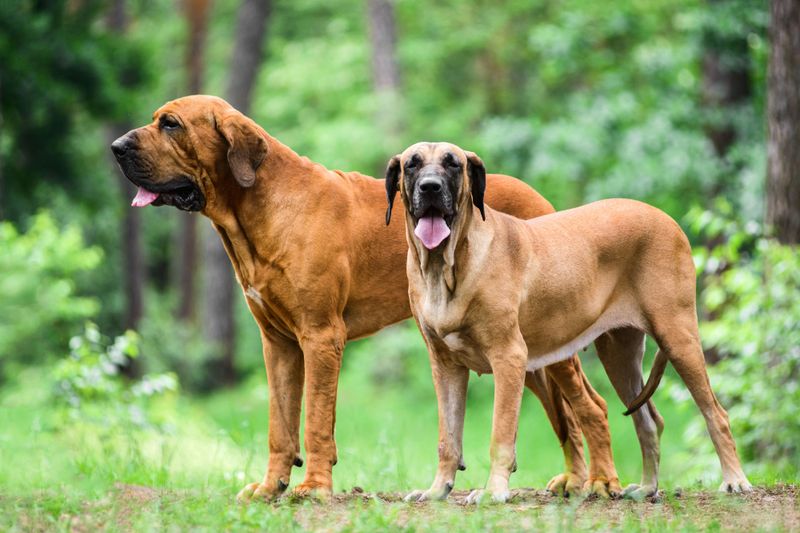
Brazil’s tracking mastiff combines relentless determination with frightening power. Developed to track down escaped slaves and later to protect plantations, these dogs exhibit a tracking ability rivaling bloodhounds paired with the courage to confront dangerous wildlife.
Their loose, thick skin serves as natural armor against attacks, allowing them to twist and counter-attack even when grabbed. Filas possess an unusual gait called the “cat walk” that enables silent stalking. Their legendary loyalty translates to uncompromising protection of their territory against intruders—human or animal.
8. Bully Kutta
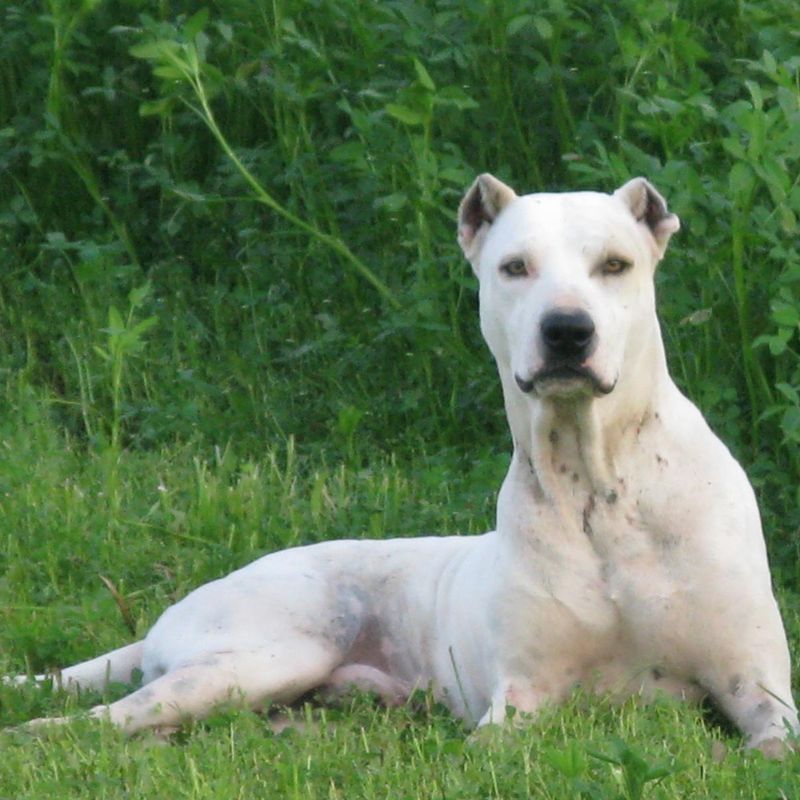
Pakistan’s ancient fighting breed combines raw power with surprising speed. Their name literally translates to “heavily wrinkled dog,” referring to their loose protective skin that functions as natural armor during confrontations.
Standing up to 35 inches tall, these massive dogs were historically used for both hunting and guarding. Their short coat helps them function in hot climates where leopards might be encountered. Though controversial for their fighting history, their protective instincts and physical capabilities would make them formidable opponents for any predator threatening their territory.
9. Dosa Mastiff
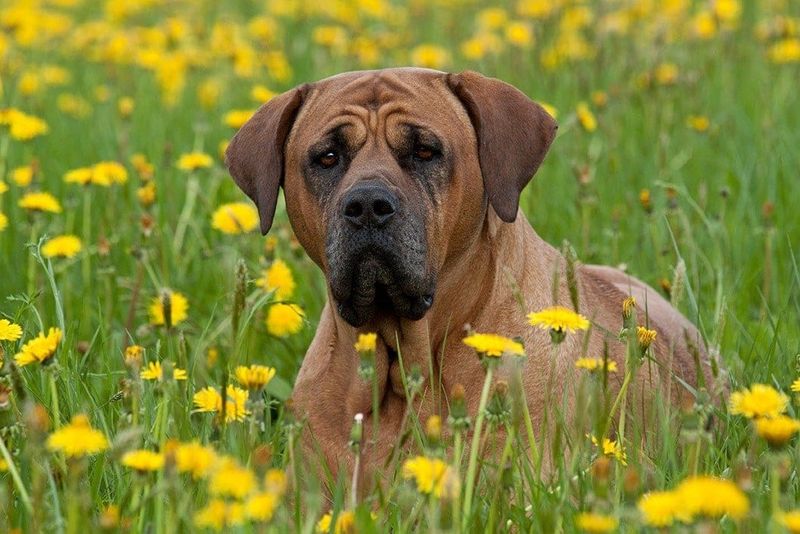
South Korea’s native guardian breed combines imposing size with lightning-fast reflexes. Often weighing over 150 pounds, these rare mastiffs were developed to protect villages and livestock from tigers and leopards that once roamed the Korean peninsula.
Their broad heads house powerful jaws capable of crushing bones. Ancient Korean texts describe these dogs as “brave enough to face the tiger.” Historical accounts tell of Dosa Mastiffs successfully defending rural communities from big cat predation, sometimes working in pairs to drive off or even kill dangerous wildlife that threatened livestock.
10. Cane Corso
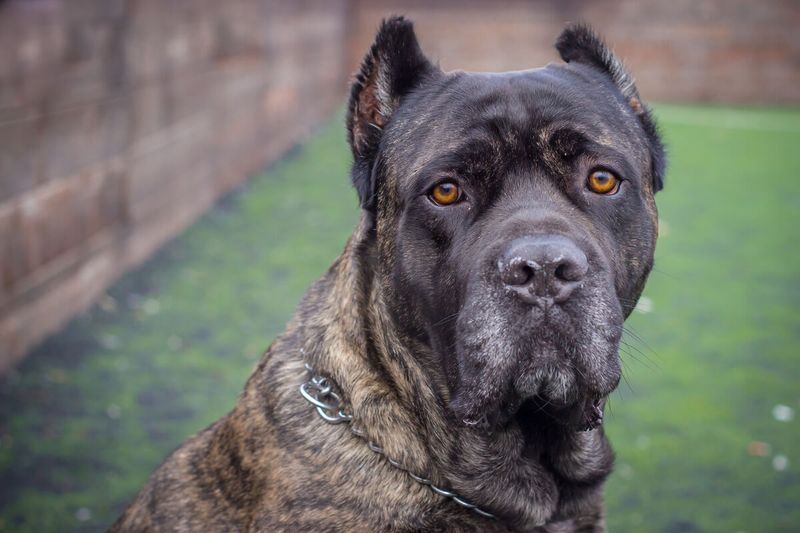
Ancient Roman war dogs reborn as modern guardians, Cane Corsos combine athletic agility with formidable strength. Unlike some bulkier mastiffs, these Italian protectors can move with surprising speed and grace—crucial when facing an agile predator like a leopard.
Historically used to charge enemy lines with flaming oil attached to their backs, these dogs know no fear. Their name derives from “cohors,” meaning “protector” or “bodyguard.” With powerful jaws, muscular bodies, and an instinctive protective drive, they represent one of Europe’s most capable guardian breeds.
11. Alabai (Central Asian Ovcharka)
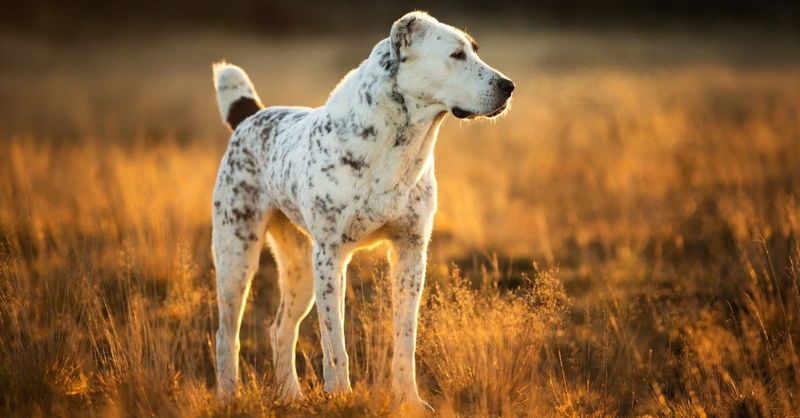
Powerful guardians from Turkmenistan and surrounding regions, Alabai have protected flocks from predators for over 5,000 years. Natural selection in harsh environments produced dogs capable of independent decision-making when confronting threats.
Their thick necks and loose skin provide natural protection against predator attacks. Many Alabai bear cropped ears and docked tails—traditional modifications to reduce vulnerability during confrontations with wolves and big cats. Turkmen nomads have historically relied on these dogs to face snow leopards and wolves that threatened their livelihood.
12. Tosa Inu
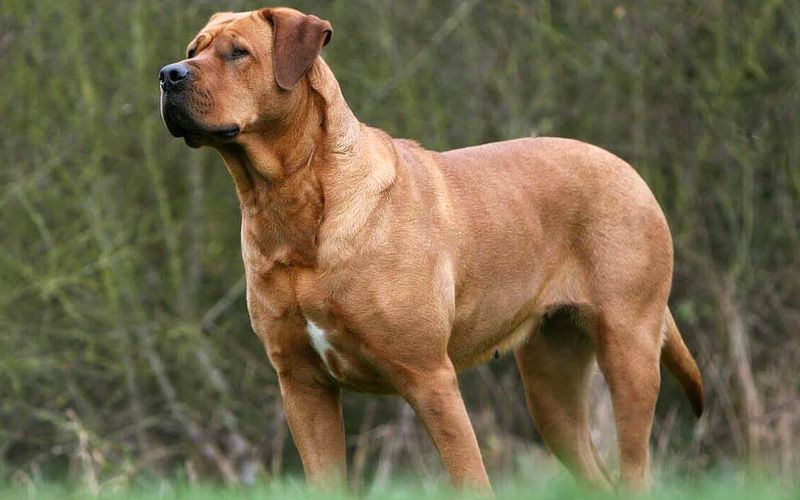
Japan’s fighting mastiff combines surprising agility with immense power. Originally bred by crossing native Japanese dogs with imported Western breeds, the Tosa represents a deliberate attempt to create the ultimate canine warrior.
Unlike many fighting breeds, Tosas were trained to fight silently, never whimpering regardless of injury. This stoic temperament translates to incredible pain tolerance. While not traditionally used against wild predators, their combination of size (often exceeding 130 pounds), power, and fighting instinct would make them formidable opponents for any threatening wildlife.
13. Presa Canario
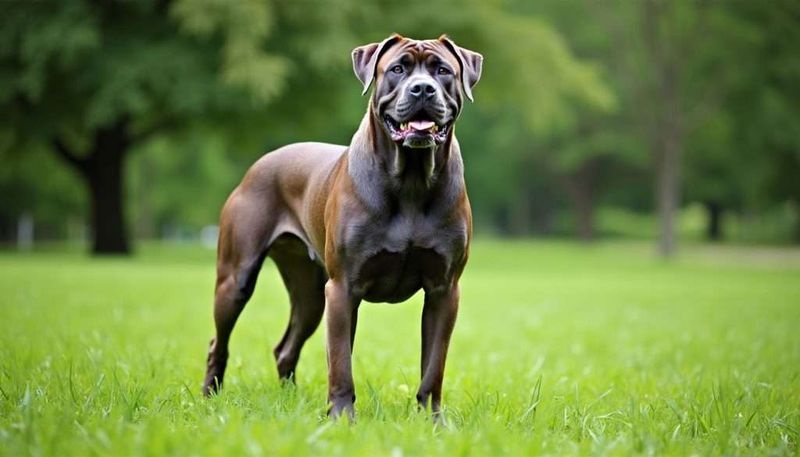
Cattle guardians from the Canary Islands, Presas combine powerful builds with surprising athleticism. Historically used to manage semi-wild cattle and protect farms from intruders, these dogs developed the confidence to confront threats much larger than themselves.
Their short, stiff coat and muscular build reflect their working heritage. With natural guarding instincts and powerful jaws, they historically protected livestock from whatever threats emerged. While not specifically bred to face leopards, their physical capabilities and protective drive would serve them well in such a confrontation.
14. American Bulldog
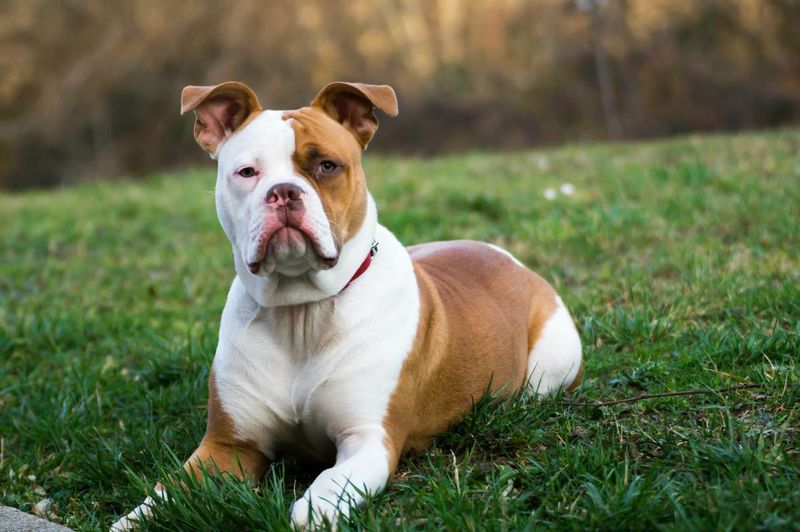
Working farm guardians from America’s rural past, these powerful dogs were expected to protect property from both human and animal threats. Unlike their English Bulldog cousins, American Bulldogs retained their athletic ability and working drive.
Originally used for multiple farm tasks including predator control, these versatile dogs combine strength with surprising speed. Their powerful jaws and muscular build enabled them to tackle wild boars and other dangerous wildlife. While not as massive as some dedicated guardian breeds, their courage and physical capabilities would make them worthy opponents for predators.
15. Rhodesian Ridgeback
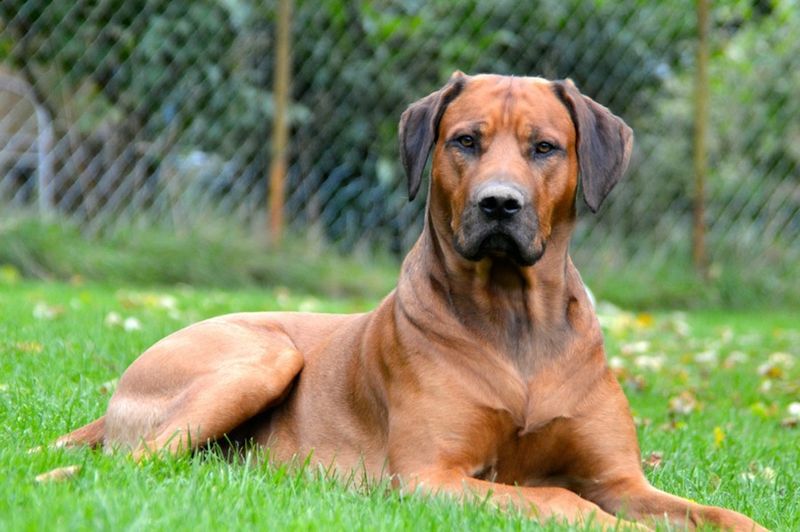
Africa’s lion hunters possess incredible courage paired with athletic endurance. Originally developed by Dutch settlers in southern Africa, these dogs were specifically bred to track and hold dangerous game—including lions—at bay until hunters arrived.
Their distinctive ridge of backward-growing hair along the spine isn’t just for show—it’s believed to provide some protection during confrontations. Unlike some guardian breeds, Ridgebacks rely on agility rather than sheer mass. Historical accounts describe packs of Ridgebacks successfully confronting leopards and other big cats that threatened farms.
16. Dogo Canario
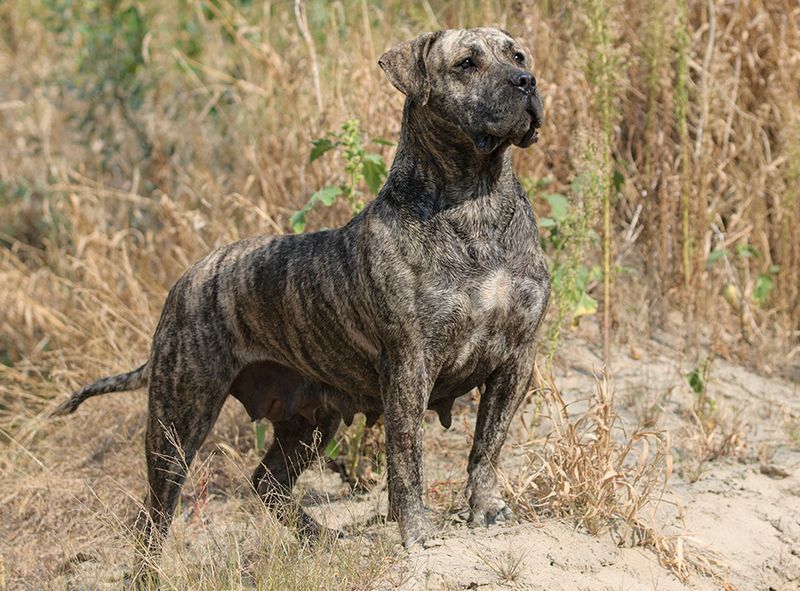
Canary Islands’ traditional catch dogs were expected to manage semi-wild cattle and protect property from all threats. Their powerful build and natural protective instincts made them versatile working partners in rugged island environments.
Historically used for both protection and hunting, these dogs combine power with surprising agility. Their short coat and muscular build reflect their working heritage. While the Canary Islands don’t have native leopards, these dogs were developed to face whatever threats emerged—making their protective capabilities transferable to confrontations with dangerous wildlife.

